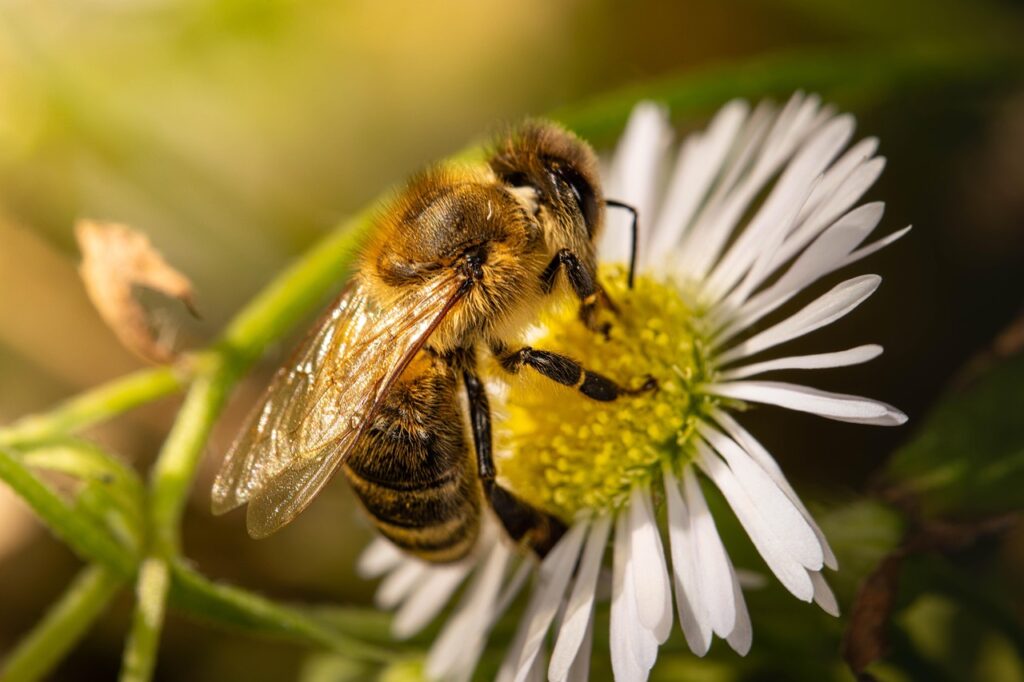Deep in the tropical rainforests of Central and South America, a remarkable group of bees has abandoned one of nature’s most fundamental rules. While their cousins busily collect nectar and pollen from flowers, these extraordinary insects have developed an appetite for something far more macabre. Meet the vulture bees, nature’s most unusual honey makers, who have traded blooms for bones and petals for putrid flesh.
These fascinating creatures belong to a small group of stingless bees that have evolved to feed on carrion instead of plant matter. Their discovery has revolutionized our understanding of bee behavior and challenged everything we thought we knew about these industrious insects. What makes their story even more intriguing is that they still produce honey – but from the most unexpected source imaginable.
The Discovery That Changed Everything
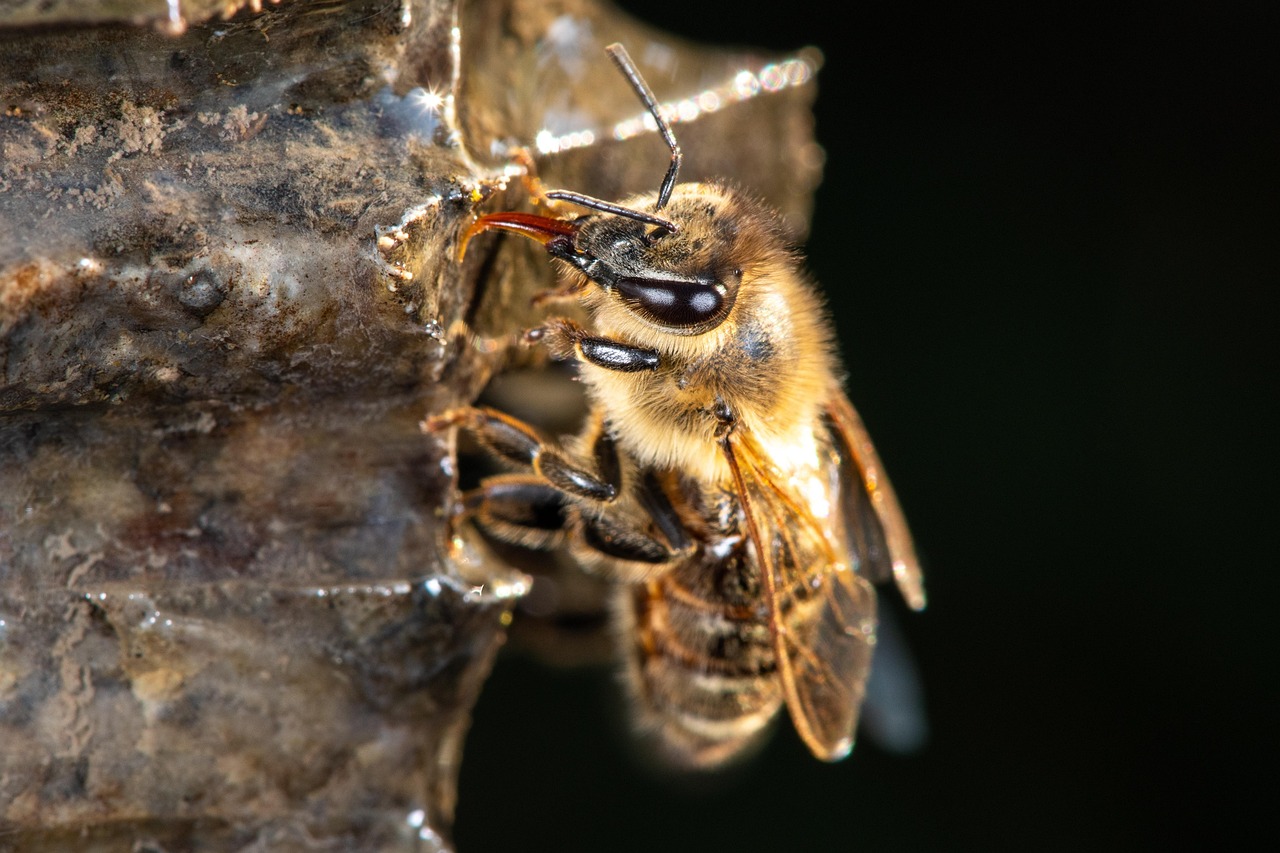
Scientists first documented vulture bees in the 1980s, but their true feeding habits remained a mystery for decades. Researchers initially thought these bees were simply scavenging occasionally, perhaps during times of floral scarcity. However, detailed observations revealed something far more extraordinary.
The breakthrough came when entomologists placed fresh chicken carcasses in Costa Rican forests and watched in amazement as swarms of these bees descended upon the meat. Unlike typical bees that might briefly investigate unusual food sources, these insects demonstrated a clear preference for decomposing flesh over flowers. Their behavior was so consistent and specialized that it became clear this wasn’t opportunistic feeding – it was their primary survival strategy.
Meet the Meat-Eating Honey Makers
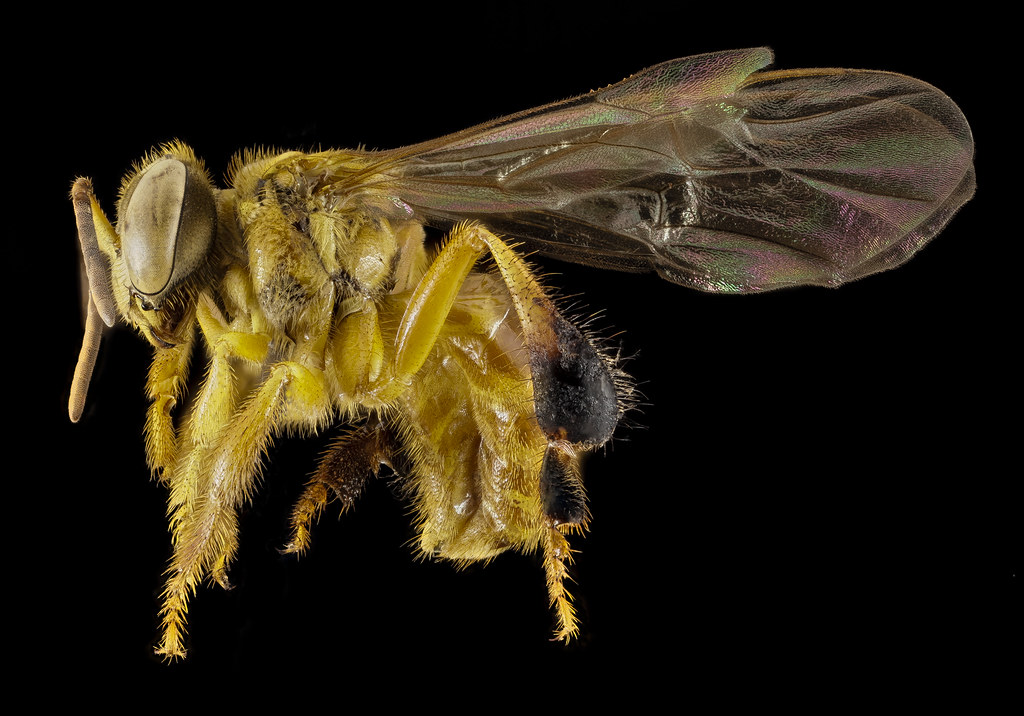
Three main species of vulture bees have been identified: Trigona hypogea, Trigona necrophaga, and Trigona crassipes. Each has developed slightly different adaptations for their carnivorous lifestyle, but they all share the remarkable ability to digest protein-rich carrion and transform it into a honey-like substance.
These bees are considerably smaller than their nectar-feeding relatives, typically measuring only 3-4 millimeters in length. Their bodies have evolved to be more robust and muscular, allowing them to tear flesh from carcasses with their powerful mandibles. What’s particularly striking is their metallic sheen – many vulture bees display an iridescent green or blue coloration that makes them appear almost jewel-like despite their ghoulish dietary preferences.
The Anatomy of a Carrion Consumer
Evolution has equipped vulture bees with specialized tools for their unusual profession. Their mandibles are significantly stronger and sharper than those of flower-visiting bees, resembling tiny scissors capable of slicing through tough meat fibers. These cutting tools are essential for harvesting protein from decomposing animals.
Perhaps most remarkably, their digestive systems have undergone dramatic changes. While typical bees possess enzymes designed to break down plant sugars, vulture bees have developed acidic stomachs capable of processing animal proteins. Their gut bacteria have also evolved to help neutralize the toxins commonly found in rotting flesh, essentially turning their digestive tract into a biological detoxification system.
A Foraging Strategy Like No Other
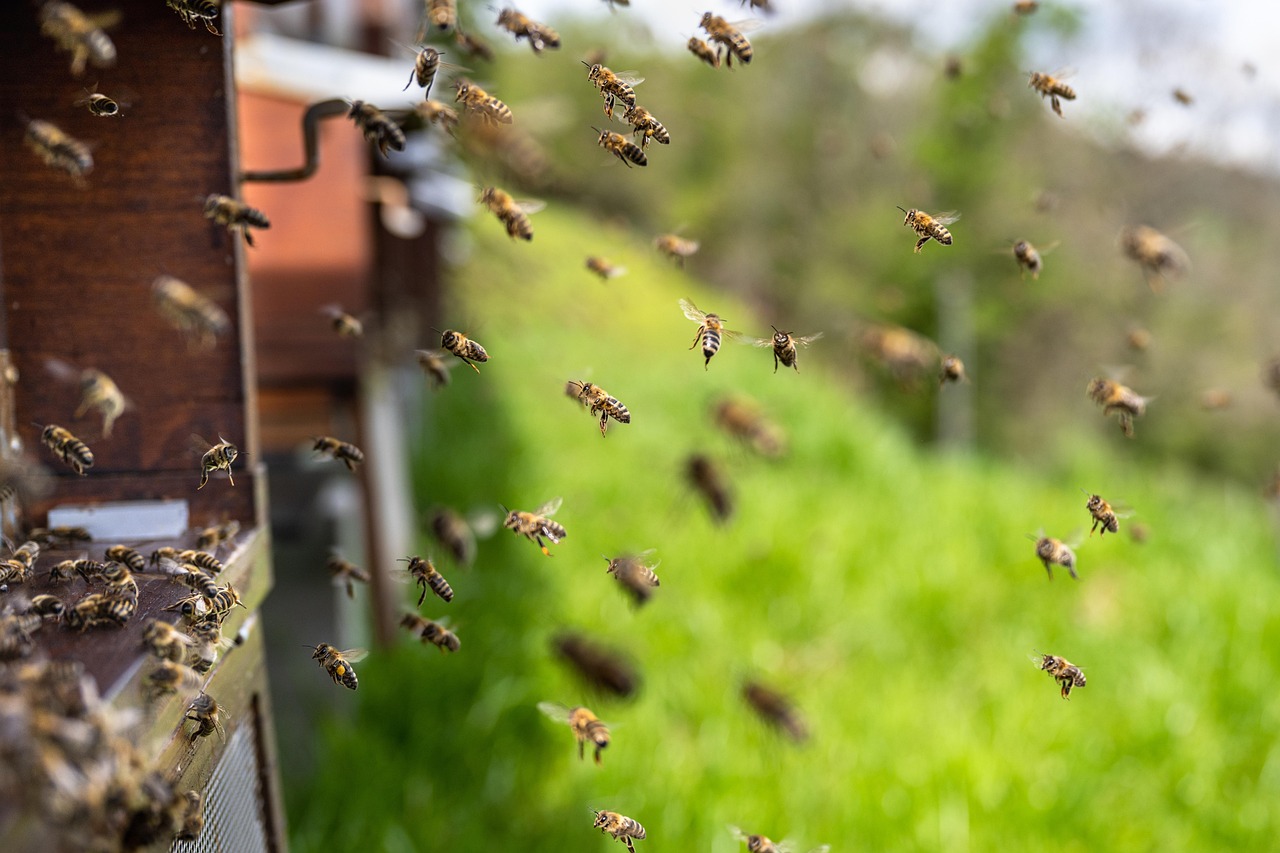
When a vulture bee colony discovers a fresh carcass, the response is swift and organized. Scout bees release specialized pheromones that attract their nestmates, creating a chemical communication system perfectly adapted for coordinating group scavenging efforts. This behavior mirrors that of actual vultures, who also rely on group feeding to efficiently process large food sources.
The bees work methodically, with different individuals focusing on different parts of the carcass. Some concentrate on softer tissues, while others tackle tougher connective materials. This division of labor ensures maximum efficiency and reduces competition within the colony. The entire process can take several days, with bees returning repeatedly to the same carcass until it’s completely stripped of usable material.
The Mysterious Honey Production Process
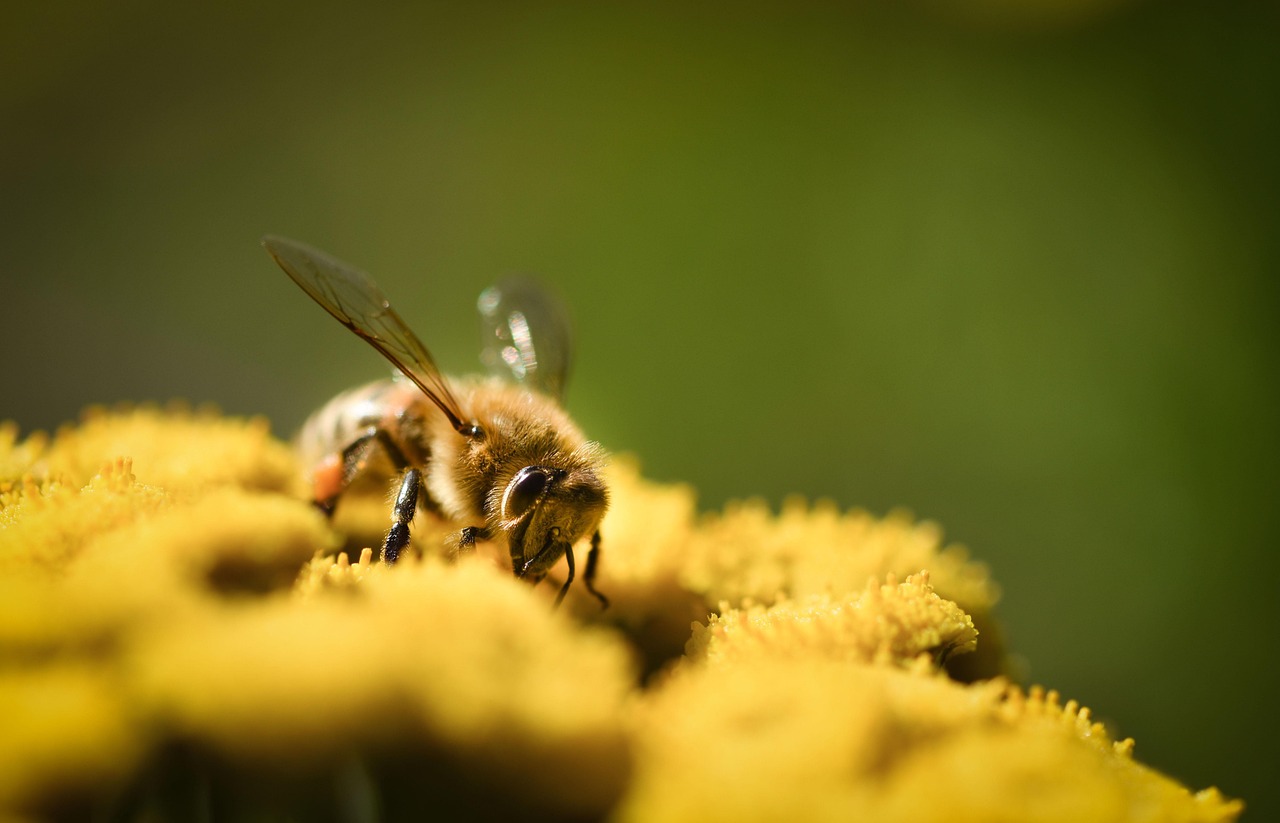
The most bewildering aspect of vulture bee biology is their continued production of honey-like substances despite their carnivorous diet. Through a process that remains partially mysterious to scientists, these bees somehow convert the proteins and fats from decomposing animals into a sweet, viscous substance that closely resembles traditional honey.
This transformation likely occurs through a complex series of enzymatic reactions within the bee’s specialized honey stomach. The process appears to involve breaking down animal proteins into amino acids, which are then reconstructed into simpler sugars. The end result is a substance that, while chemically different from floral honey, serves the same nutritional purpose for the colony.
Nest Architecture and Colony Organization
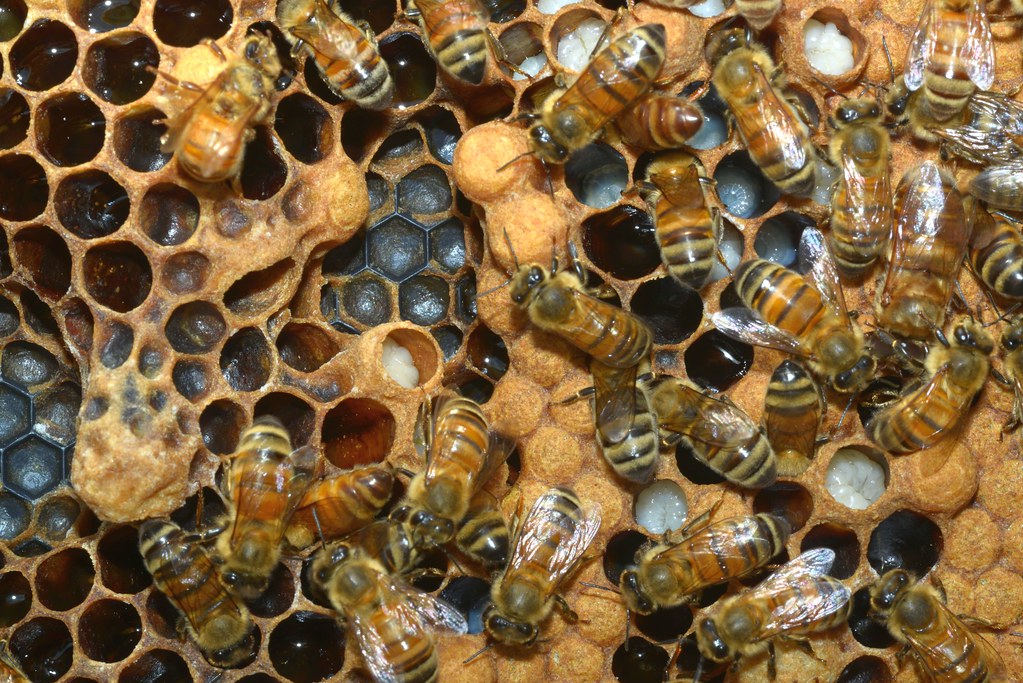
Vulture bee colonies are typically much smaller than those of their nectar-feeding cousins, usually containing only a few hundred individuals compared to the thousands found in traditional bee colonies. This smaller size reflects the more unpredictable nature of their food supply – carrion is less abundant and reliable than flowers.
Their nests are constructed in hollow trees or underground cavities, often in locations that provide protection from the elements and potential predators. The internal structure includes specialized storage chambers for their protein-rich honey, which has a different consistency and storage requirements than traditional honey. These storage areas are lined with antimicrobial secretions that help preserve the unusual honey and prevent spoilage.
Seasonal Patterns and Food Availability
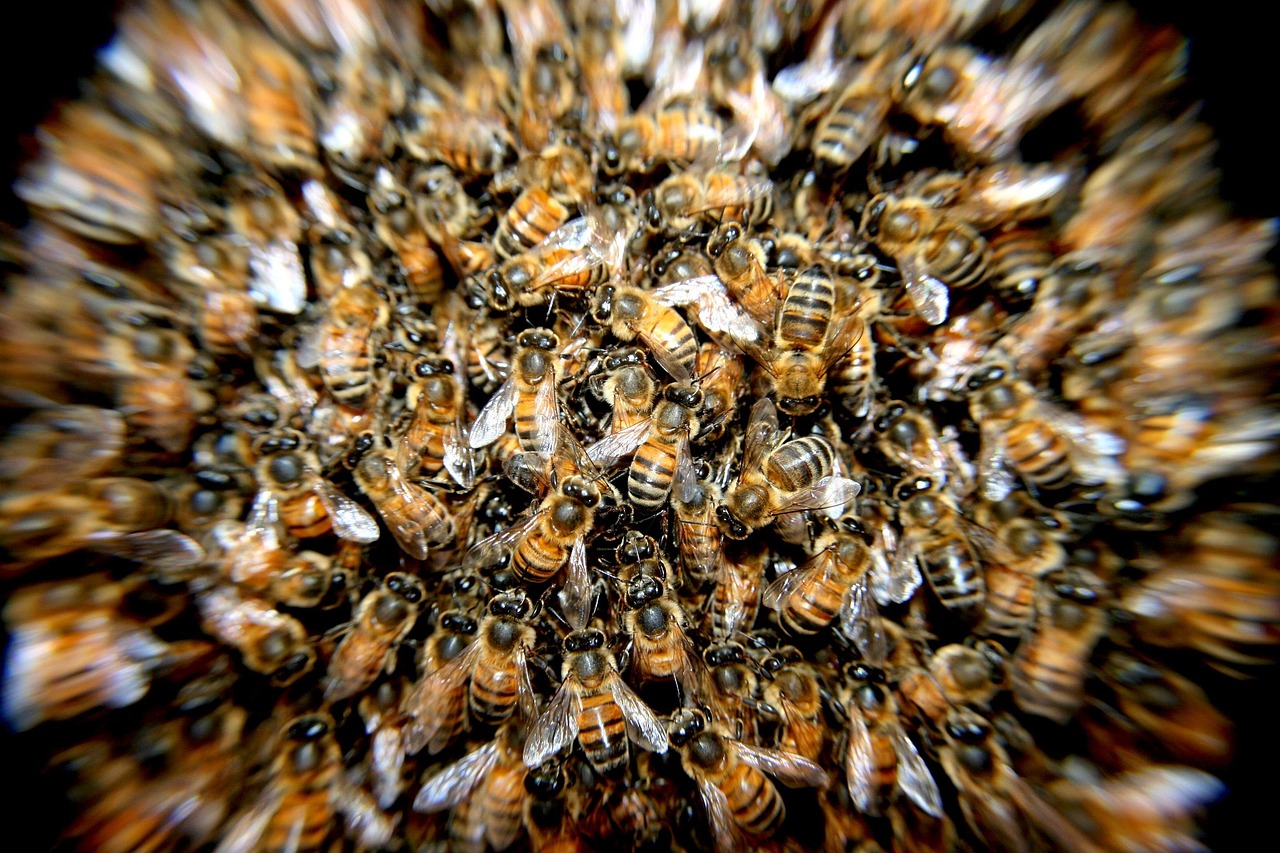
Unlike flower-dependent bees that follow predictable blooming cycles, vulture bees must adapt to the irregular availability of carrion. Their activity patterns are closely tied to factors that influence animal mortality in their environment, such as predator activity, disease outbreaks, and seasonal changes in wildlife populations.
During the dry season, when water sources become scarce and animals are more likely to die from dehydration or predation, vulture bee activity typically increases. Conversely, during periods of abundant plant growth and healthy animal populations, these bees may supplement their diet with some plant materials, though carrion remains their preferred food source.
The Role of Decomposition in Their Ecosystem
Vulture bees play a crucial role in their ecosystem’s decomposition cycle, working alongside bacteria, fungi, and other scavengers to break down organic matter. Their activities help accelerate the recycling of nutrients back into the environment, contributing to the overall health and productivity of tropical forest ecosystems.
By efficiently processing small to medium-sized carcasses, these bees help prevent the accumulation of decaying matter that could otherwise become breeding grounds for disease-carrying organisms. Their work is particularly important in dense forest environments where large scavengers like vultures may have difficulty accessing smaller food sources.
Chemical Defenses and Survival Strategies
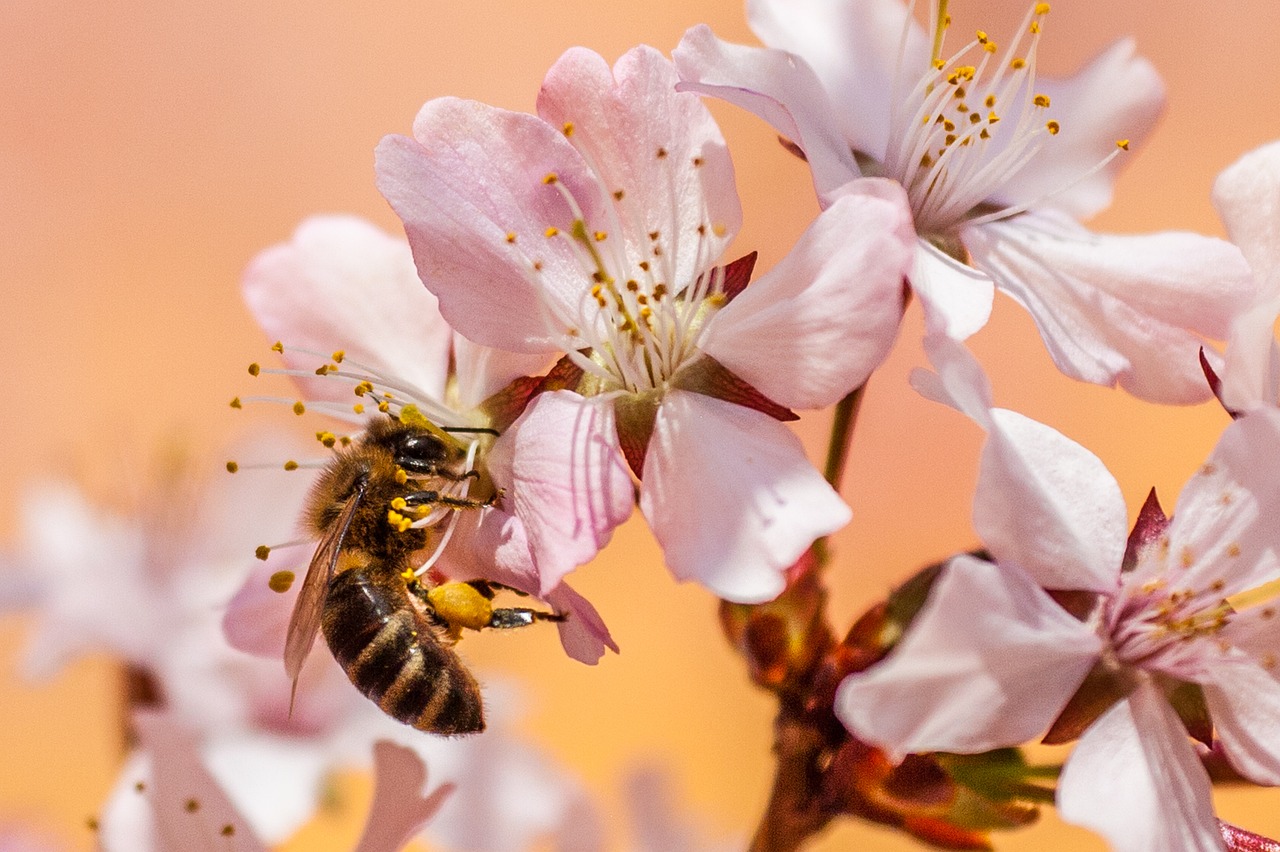
Living on a diet of potentially toxic carrion requires sophisticated defense mechanisms. Vulture bees have evolved impressive chemical defenses that help them survive in environments teeming with harmful bacteria and parasites. Their bodies produce antimicrobial compounds that protect both the individual bee and the colony from infection.
These bees also possess enhanced immune systems compared to their flower-feeding relatives. Their white blood cells are more numerous and aggressive, providing better protection against the pathogens commonly found in decomposing organic matter. Additionally, their social grooming behaviors are more intensive, helping to remove potentially harmful microorganisms from their bodies.
Reproduction and Colony Growth
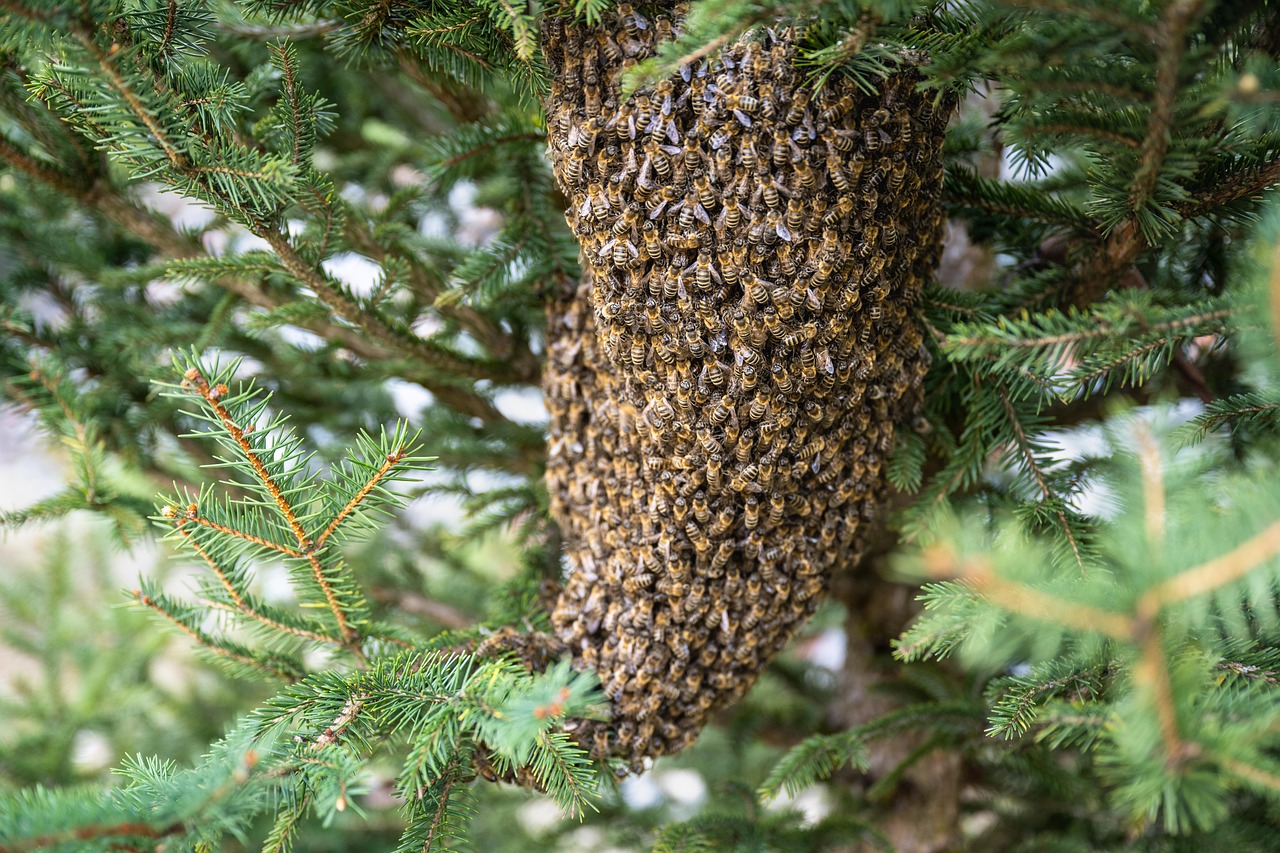
The reproductive cycle of vulture bees is closely tied to the availability of high-protein food sources. During periods of abundant carrion, colonies can produce larger numbers of offspring, as the protein-rich diet provides the necessary nutrients for egg development and larval growth. Queen bees require particularly high levels of protein for egg production, making access to fresh carrion essential for colony expansion.
Worker bees feed developing larvae a mixture of processed carrion and their unique honey, providing growing bees with both proteins and carbohydrates. This specialized diet produces stronger, more robust adult bees capable of handling the physical demands of carrion processing. The entire development cycle from egg to adult takes slightly longer than in flower-feeding species, reflecting the more complex nutritional requirements.
Interactions with Other Scavengers
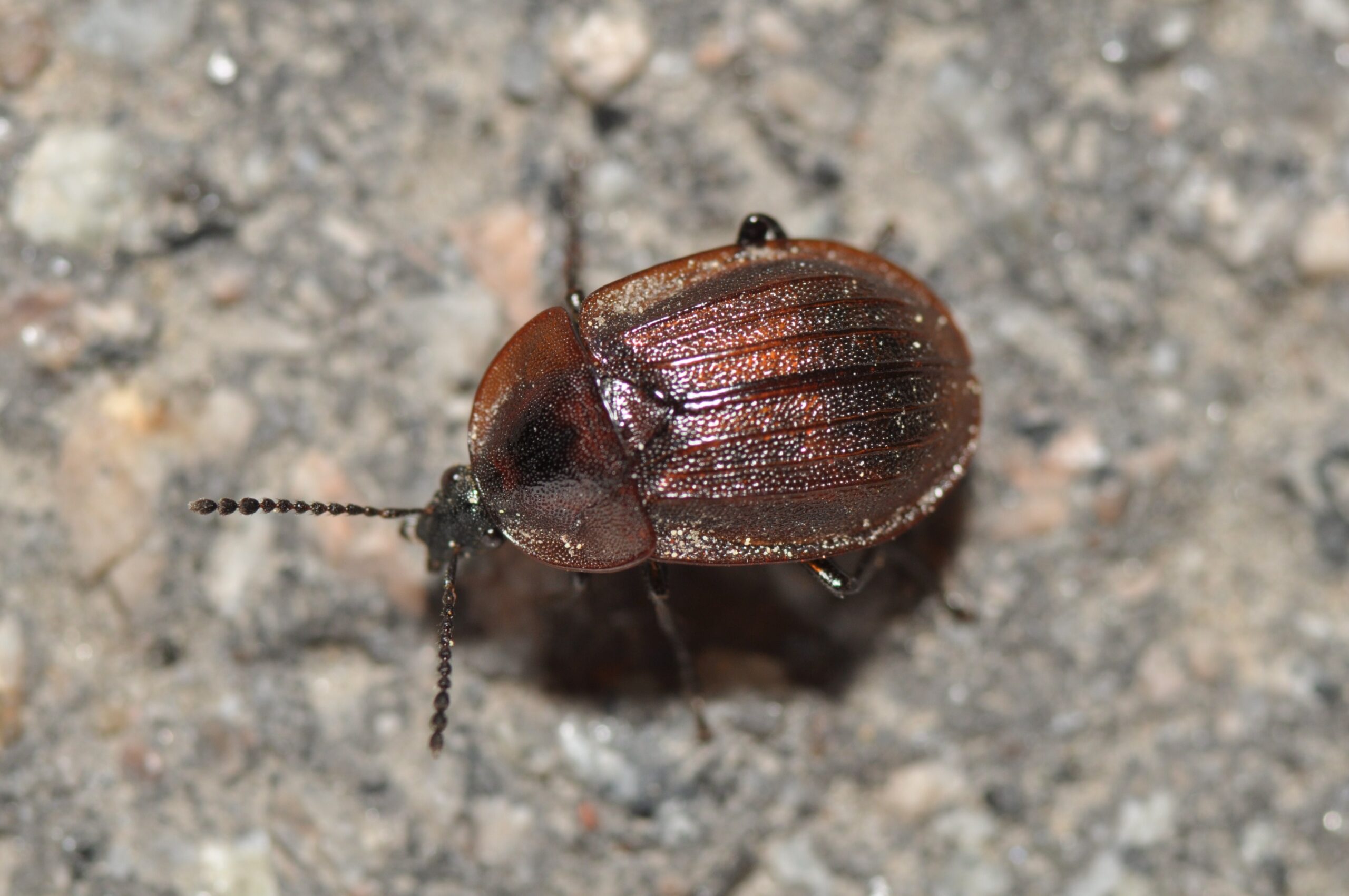
In the competitive world of carrion consumption, vulture bees must share their food sources with numerous other scavengers. They often compete with ants, flies, beetles, and various other insects for access to decomposing animals. However, their ability to work as a coordinated group gives them significant advantages in these situations.
The bees have developed sophisticated strategies for dealing with competitors. They can quickly mobilize large numbers of workers to overwhelm smaller scavengers, and their stings (though small) can be effective deterrents. In some cases, they’ve been observed working alongside certain ant species in mutually beneficial relationships, where each group focuses on different parts of the carcass.
Scientific Research and Study Challenges
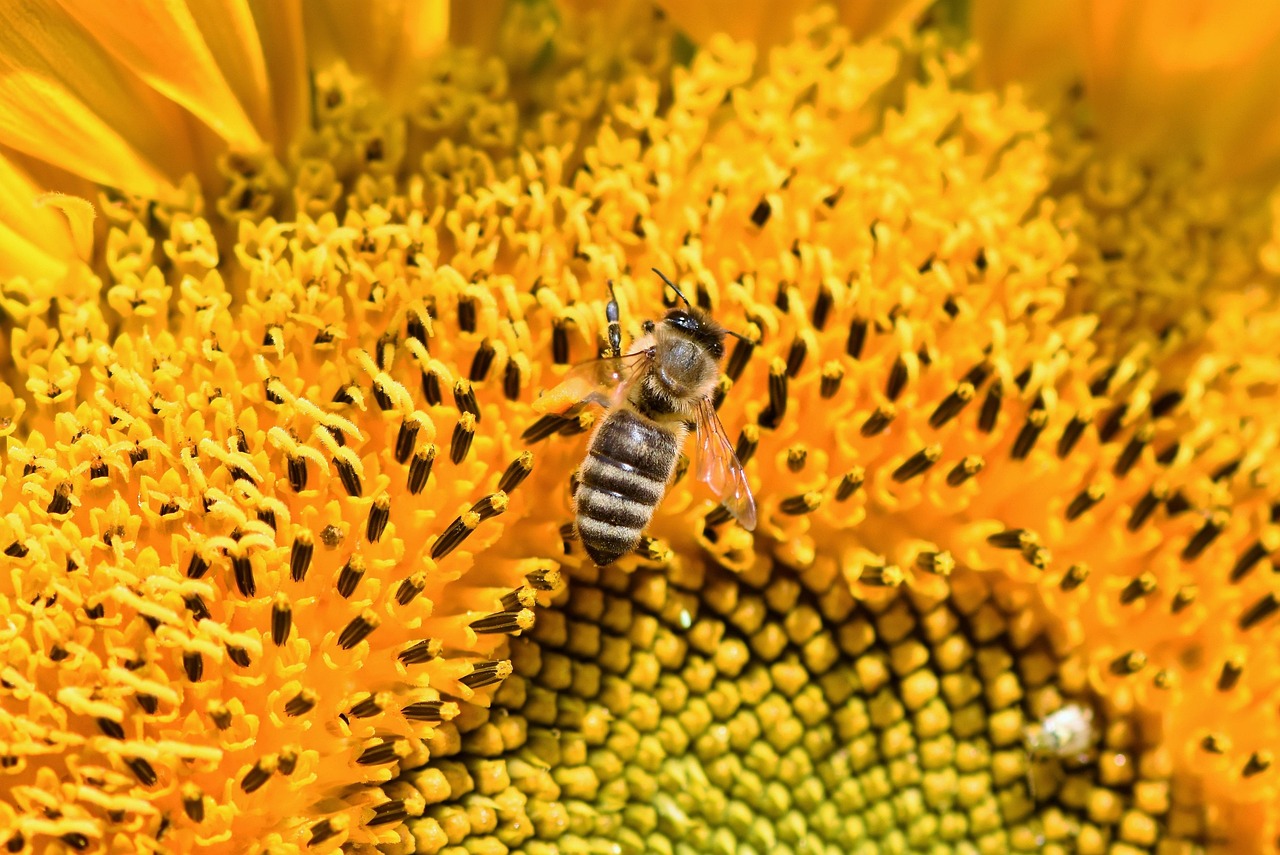
Studying vulture bees presents unique challenges for researchers. Their remote tropical habitats make long-term observation difficult, and their unpredictable feeding schedule means that scientists must often wait weeks or months between significant behavioral observations. Additionally, working with carrion in humid tropical environments requires special safety precautions and equipment.
Recent advances in molecular biology have opened new avenues for understanding these fascinating insects. DNA analysis of their gut contents has revealed the diversity of animals they consume, while studies of their digestive enzymes are helping scientists understand how they process such unusual food sources. Camera traps and remote monitoring systems are also providing new insights into their foraging behavior and social organization.
Conservation and Environmental Concerns
Like many tropical forest species, vulture bees face increasing pressure from habitat destruction and climate change. Deforestation reduces both their nesting sites and the animal populations they depend on for food. Additionally, the use of pesticides and other chemicals in agricultural areas can poison the carrion they consume, leading to colony collapse.
Climate change poses particular challenges for these specialized insects. Altered precipitation patterns and temperature fluctuations can disrupt the natural cycles of animal mortality that vulture bees depend on. Conservation efforts focused on protecting large areas of intact tropical forest are essential for maintaining viable populations of these remarkable creatures.
Implications for Human Understanding
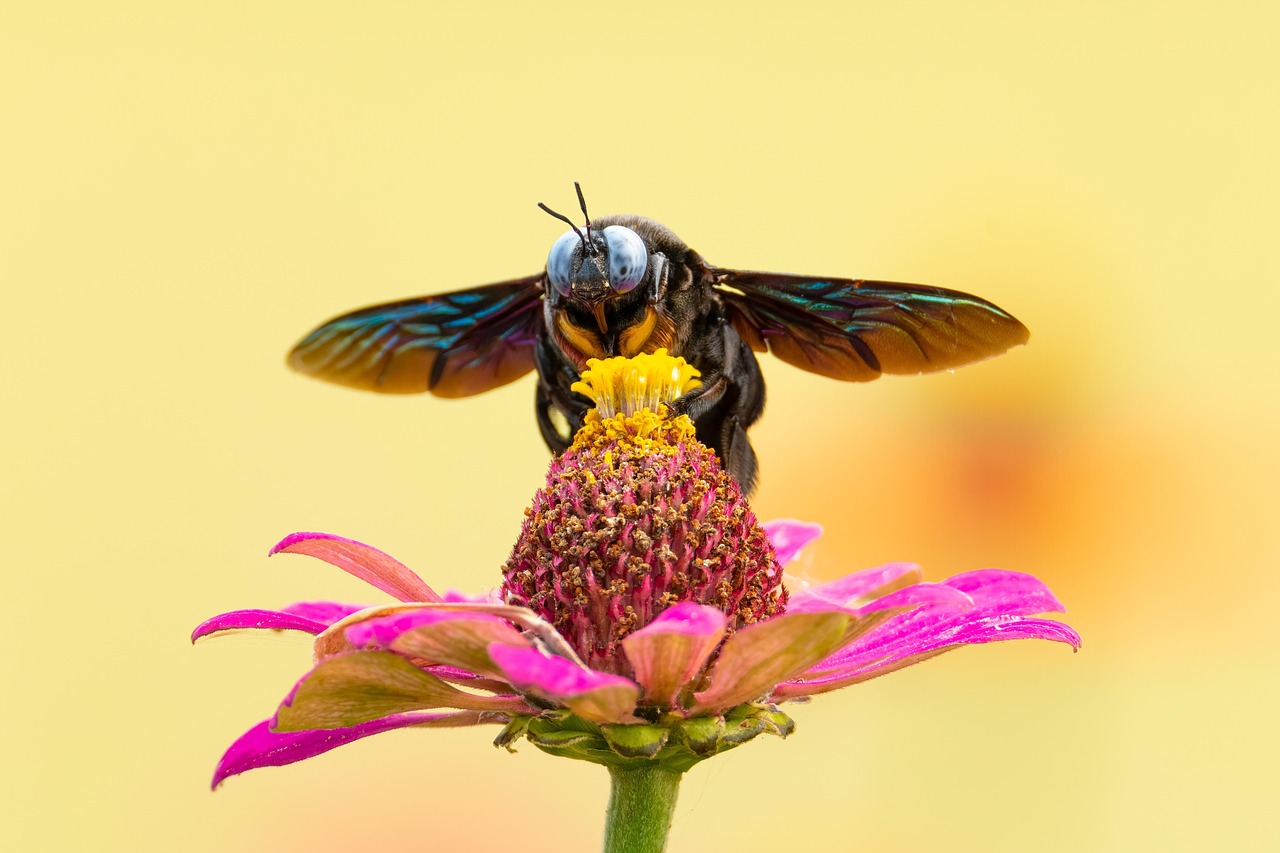
The discovery of vulture bees has profound implications for our understanding of evolution and ecological adaptation. These insects demonstrate that even the most fundamental dietary preferences can change dramatically when environmental pressures create new opportunities. Their existence challenges our assumptions about what constitutes “normal” behavior in the natural world.
From a practical standpoint, studying vulture bees may provide insights into protein processing and food preservation techniques. Their ability to safely consume and process potentially toxic organic matter could inspire new approaches to waste management and food production. Additionally, their antimicrobial compounds may have applications in medicine and food preservation.
The story of vulture bees reminds us that nature is full of surprises, and that even the most familiar creatures can harbor extraordinary secrets. These tiny insects have rewritten the rules of what it means to be a bee, proving that evolution is far more creative and adaptable than we often imagine. What other remarkable adaptations might be waiting to be discovered in the world’s remaining wild places?

